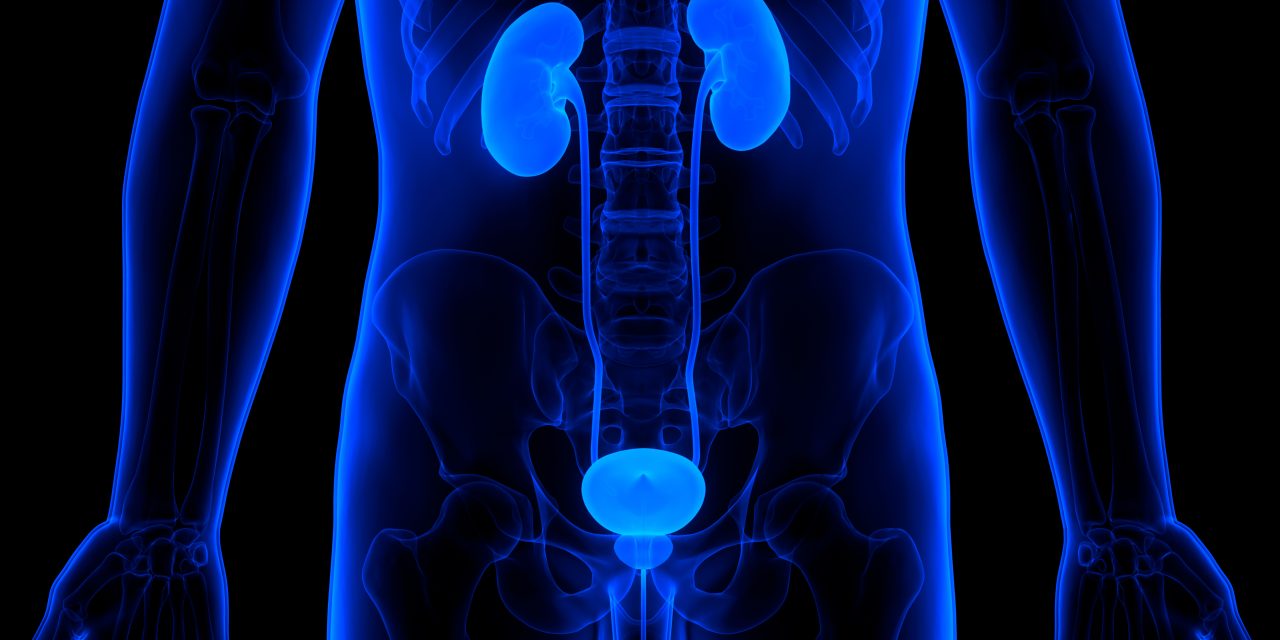Benign prostatic hyperplasia (BPH) is the most common urologic disorder affecting older men, necessitating medical or surgical intervention. Limited data exists regarding the effect these surgeries have on the endourologist’s musculoskeletal system following the surgery because of the required difficult posture, prolonged procedures, repetitive movements, and the settings of an adjustable visual display terminal workstation. The aim of our study was to survey the prevalence and possible causes of musculoskeletal disorders among endourologists performing transurethral resection of the prostate (TURP) or laser prostatectomy using either holmium laser enucleation or thulium laser enucleation.
An email inviting all members of the Endourological Society to participate in the survey was sent. The questionnaire included different demographic and practice characteristics, with concern regarding performing either TURP or laser prostatectomy and the incidence and type of musculoskeletal incidents following these surgeries. All responses were collected by a commercially available internet based survey host (www.surveymonkey.com) over a period of 6 weeks.
Of the 121 complete responses, 84 (69%) of endourologists complained of a musculoskeletal disorder following TURP or laser prostatectomy. The most frequent complaint was for neck (64%), followed by back (57%), shoulder (48%), hand (40%), and elbow (18%). The average prostate volume turned out to be the most compelling predictor for musculoskeletal disorder occurrence with an average prostate volume of 76 g operated on by the complaining group compared with 59 g in the noncomplaining group. Those with more severe symptoms were linked to a mean prostate size of 80 g (60-146) and constantly complained of shoulder, neck, or back trouble compared with the less-severely complaining group.
A high prevalence of musculoskeletal complaints among urologists performing endourologic prostatectomy was confirmed and was found to be proportionally related to the size of the prostate. The integration of an ergonomic specialist inside the operation room to watch and correct the surgeon’s position during endourologic procedures may reduce the endourologist’s exposure to these occupational hazards.
© The Author(s), 2020.
Ergonomics and musculoskeletal symptoms in surgeons performing endoscopic procedures for benign prostatic hyperplasia.


